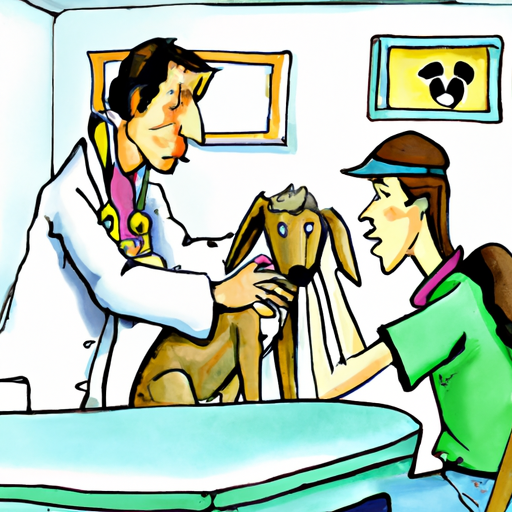Understanding Euthanasia
You might have heard the term ‘putting down’ a pet, but what does it really mean? It’s a term that veterinarians and pet owners use to describe the process of euthanasia, a procedure that’s performed to end the life of a pet in the most painless and peaceful way possible. This is usually a last resort for dogs who are suffering from a severe illness, a debilitating injury, or extreme old age.
When Is It Time?
Deciding when it’s time for euthanasia is never an easy decision. As a caregiver, you want what’s best for your furry friend. This often means making tough decisions about their health and well-being. Here are some factors you might consider:
- Quality of life: Is your dog still able to enjoy the activities they once loved? Are they in constant pain? Quality of life is often a key factor in deciding when it’s time.
- Veterinary advice: Your vet is a key ally in this decision-making process. They can give you an objective assessment of your dog’s condition and prognosis.
- Emotional and financial considerations: It’s important to consider your own emotional well-being and financial situation. Euthanizing a pet can be emotionally draining and financially costly.
The Process of Euthanasia
Euthanasia is a two-step process. First, the vet will administer a sedative to help your dog relax and be free of fear and anxiety. This is followed by a second injection, which is an overdose of anesthetic that causes your dog to pass away peacefully. Here’s what you can expect:
- The initial consultation: Your vet will discuss your dog’s condition, explain the process, and answer any questions you may have.
- Administration of sedative: Your dog will be made comfortable, and a sedative will be administered to help them relax.
- Administration of euthanasia solution: Once your dog is relaxed and pain-free, the vet will administer the euthanasia solution, usually into a vein.
Aftercare
Once your dog has passed away, there are several options for aftercare. These can include:
- Burial at home
- Burial in a pet cemetery
- Cremation (either individual or communal)
- Memorial or tribute
Your vet can discuss these options with you and help you make the decision that’s best for you and your family.
Coping with Loss
Losing a pet is never easy. It’s important to give yourself time to grieve and to seek support from friends, family, or professional counselors if needed.
| Coping Strategies | Description |
|---|---|
| Allow yourself to grieve | It’s normal and healthy to feel sad after losing a pet. |
| Seek support | Reach out to friends, family, or a professional counselor. |
| Memorialize your pet | Create a tribute to your pet to help remember them. |
Frequently Asked Questions
-
What is euthanasia?
Euthanasia is a medical procedure performed by a vet to end a pet’s life in a painless and peaceful way. -
When is it time to consider euthanasia?
It’s usually considered when a pet’s quality of life has significantly decreased due to illness, injury, or old age. -
What happens during euthanasia?
The pet is first sedated to relieve anxiety and pain, then a euthanasia solution is administered to gently end their life. -
What are the aftercare options?
Options include home burial, cemetery burial, cremation, or a memorial. -
How can I cope with my pet’s loss?
Allow yourself to grieve, seek support, and consider creating a tribute to your pet.



